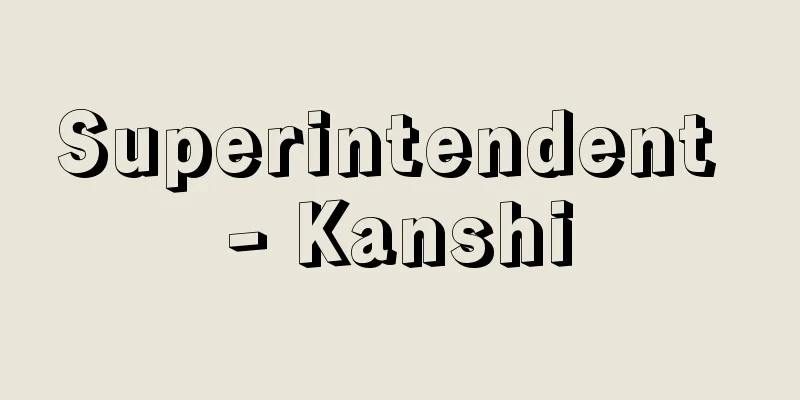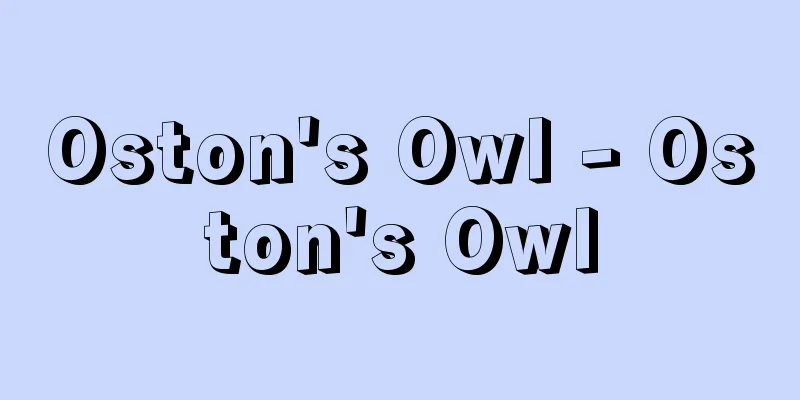Death from overwork - Karoshi (English spelling)

|
Death caused by excessive physical and psychological stress at work, such as long working hours and overwork. It includes cerebrovascular disease, heart disease, and "suicide due to overwork" caused by mental disorders due to overwork. Although death from overwork is not a medical term, it was legally defined for the first time in the Act on Promotion of Measures to Prevent Death from Overwork, etc. (enacted in 2014). Overwork among Japanese people has been a problem since the period of rapid economic growth, but it wasn't until the late 1980s, when the bubble economy was entering its peak, that "karoshi" became a social issue. In 1988, a group of lawyers opened a consultation service called "Karoshi 110" in Osaka, which then expanded nationwide. It became established in society along with "sudden death," and the term "karoshi" came to be used internationally. Initially, very few cases were recognized as industrial accidents, but in the 1990s the number of applications and recognitions gradually increased, and in 1991 the first lawsuit was filed seeking damages against a company, followed by an increase in administrative lawsuits. As plaintiffs won a succession of cases, the previously reluctant government began to take action. In 1999, the Ministry of Health, Labor and Welfare revised its guidelines for determining industrial accidents, changing them to also recognize suicides due to overwork caused by depression and other factors as industrial accidents. Furthermore, in 2001, the certification criteria for brain and heart diseases were changed to take into account the accumulation of fatigue due to long working hours. The assessment standard for excessive work that causes death from overwork (the overwork death line) is set at more than 100 hours of overtime work in the month before the onset of symptoms, or more than 80 hours of overtime work per month for two to six months. However, the situation of long working hours did not improve even after that, and in 2008, a female employee (26 years old at the time) at the major izakaya chain Watami, who had been with the company for two months, committed suicide due to overwork, and at the end of 2015, a female employee (24 years old at the time) at the major advertising agency Dentsu, who had been with the company for nine months, also committed suicide, shocking society (both were recognized as industrial accidents). While the majority of deaths from overwork were middle-aged or elderly men, these incidents presented society with a new problem: suicide due to overwork among young people in harsh working environments. The Act on Promotion of Measures to Prevent Death from Overwork, enacted in 2014, requires national and local governments to "survey the actual situation of death from overwork and collect information," "establish a consultation system," "support the activities of private organizations," "raise awareness during awareness month (November)," and "submit annual reports" in order to realize a society without death from overwork. However, as there are no concrete regulations such as corporate responsibilities or upper limits on working hours, there are calls for the establishment of new laws and the setting of a limit on overtime hours through revisions to the Labor Standards Act. (Hideki Osako, Freelance Editor/2016) Source : "Chiezo" published by Asahi Shimbun Publications Co., Ltd. About Chiezo |
|
長時間労働や過密労働など、業務における過重な肉体的・心理的負荷を原因とする死。脳血管疾患、心臓疾患の他、過労による精神障害を原因とする「過労自死(自殺)」も含まれる。過労死は医学用語ではないが、「過労死等防止対策推進法」(2014年制定)で初めて法的に定義された。 日本人の働き過ぎは高度経済成長期から問題になっていたが、「過労死」が社会問題化したのは、バブル期に突入する1980年代後半である。88年に弁護士グループによる相談窓口「過労死110番」が大阪に開設され、全国に拡大。「突然死」と共に社会に定着し、その後 Karoshi として国際的にも使用されるようになった。 当初はほとんど労災認定されなかったが、90年代に入ると申請数・認定数とも徐々に増加し、91年に初めて企業に損害賠償を求める訴訟が起こると、その後行政訴訟も増えた。原告勝訴も相次いだため、消極的だった行政も対策に乗り出すようになった。99年、厚生労働省が労災の判断指針を見直し、うつ病などによる過労自殺も労災認定するように変更。更に2001年には、脳・心臓疾患の認定基準に長時間労働による疲労の蓄積も考慮に入れるように変更した。なお、過労死を引き起こす過重労働の評価基準(過労死ライン)は、発症前の1カ月間に100時間を超える時間外労働、または2~6カ月に及ぶ月80時間を超える時間外労働が目安になっている。 しかし、その後も長時間労働の現状は改善されず、08年に大手居酒屋チェーン「ワタミ」の入社2カ月の女性社員(当時26歳)が過労を理由に自殺した事件、15年末にも大手広告代理店「電通」の入社9カ月の女性社員(当時24歳)が同じく自殺した事件が起こり、社会に大きな衝撃を与えた(いずれも労災認定)。過労死は中高年男性が大半だったが、過酷な労働環境に置かれた若年層の「過労自殺」という新たな問題を社会に突きつけたのである。 14年に制定された「過労死等防止対策推進法」は、過労死のない社会の実現に向けて、国・地方公共団体に「過労死の実態調査・情報収集」「相談体制の整備」「民間団体の活動支援」「啓発月間(11月)の啓発活動」「年次報告書の提出」などを義務付けている。しかし、企業の責務や労働時間の上限といった具体的な規制はないため、新たな法整備や労働基準法改正による残業時間の上限設定などを求める声も出ている。 (大迫秀樹 フリー編集者/2016年) 出典 (株)朝日新聞出版発行「知恵蔵」知恵蔵について 情報 |
<<: Huò láng ér (English spelling)
>>: Elders' Association - Elders' Association
Recommend
Titanium porcelain - Titanium
Porcelain made by molding and firing titanium oxid...
"Wealth of Learning" - Gakumon no Tomi
…Turkish author. He edited the magazine Serveti-F...
African marigold (English spelling)
...It is an annual or perennial plant of the Tage...
Ashikajima - Ashikajima
…Until the 1900s, they lived in various parts of ...
Giteki - Giteki
A legendary Chinese figure. It is said that he was...
Guglielmo II (English spelling)
…The state was characterized by the centralizatio...
celeriac
...The stems and leaves contain the glycoside api...
Kan Bungen - Kan Bungen
...The mountain was once named Peak 30, but was l...
Mare clausum
…On the other hand, during this period, in order ...
weather minimum
…As aircraft become faster and larger and informa...
Miracle - miracle
Etymologically, the word means something amazing, ...
Kanzanji [Hot Springs] - Kanzanji
This hot spring is located on an island on the nor...
Piranga ludoviciana (English spelling)
...They live in various forests, preferring leafy...
Sciaphila tosaensis (English spelling) Sciaphilatosaensis
...It is distributed from the Kanto region to Oki...
Commercial activities - commercial activities
An act that becomes a commercial act when it is pe...









